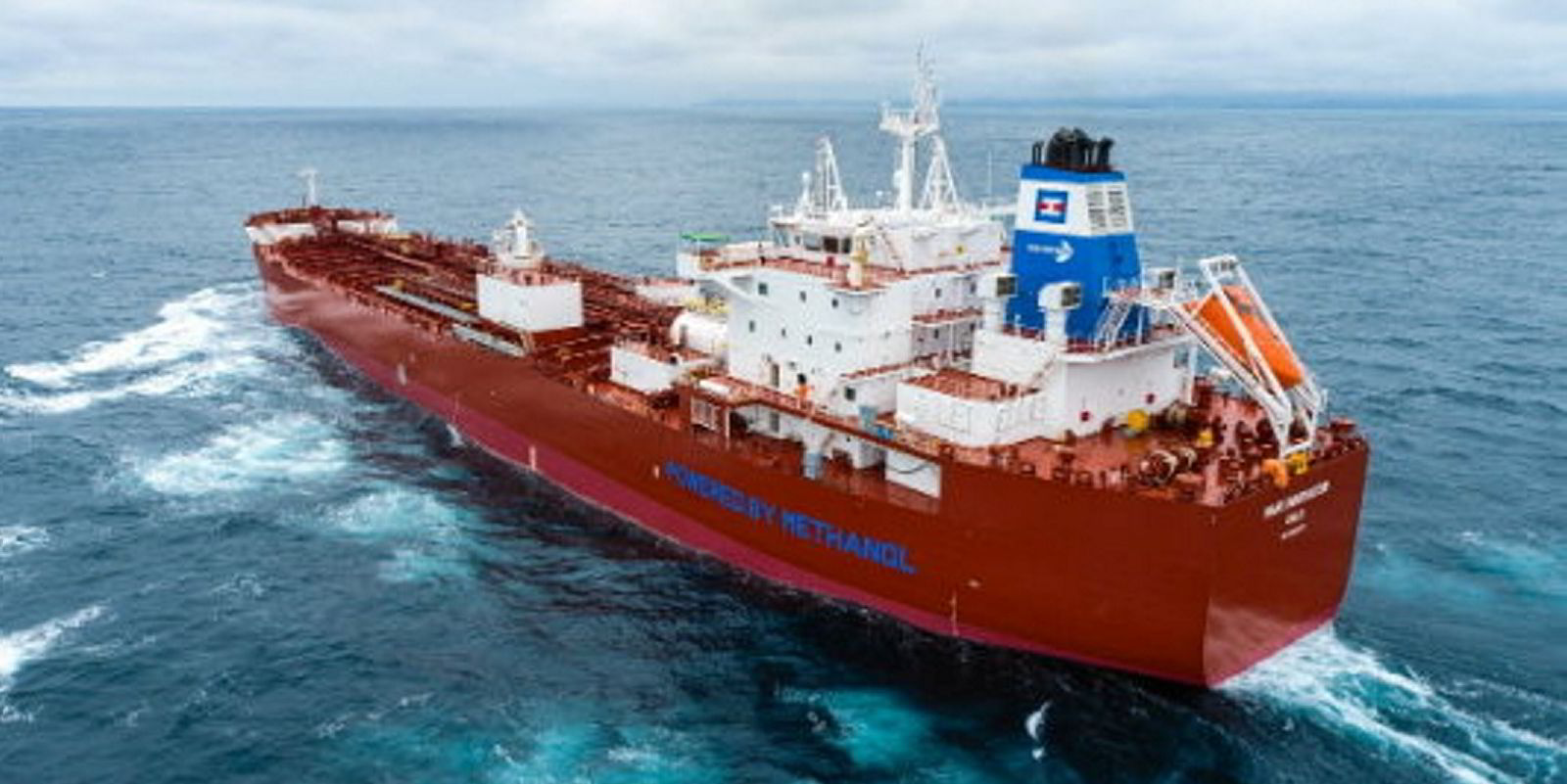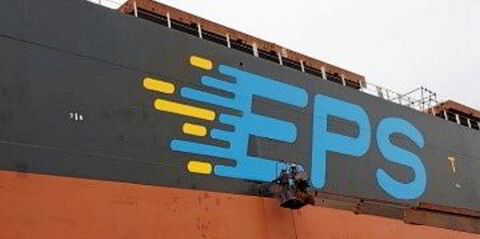The LNG carrier orderbook could be well short of the necessary capacity to move global demand — but it depends on where that demand is coming from.
During the LNG carrier shipowner panel at Capital Link’s International Shipping Forum, Capital Product Partners chief executive Jerry Kalogiratos said there were approximately 650 ships of 40,000 cbm or greater, with 306 on order.
“If you look just at the projects that have taken [final investment decision] … that will probably translate into demand for 240 ships, assuming half the cargoes end up in Europe and half in Asia,” he said. “There are numerous other projects out there.”
Kalogiratos, whose company owns both LNG carriers and boxships, said rising demand could easily eclipse 400 ships.
“That is of course without taking into account fleet attrition. We have at least 50 steamships that are going to be more than 25 years of age” in the coming years, he said.
But Poten & Partners senior advisor Gordon Shearer said much of that depended on where the demand was coming from and where the cargoes were going.
He said production growth from the US and Qatar was “reasonably certain” and that if the demand comes from Europe, demand could match the rising ship supply.
“The other big uncertainty is the long-haul trades out of the US and into Japan, [South] Korea, Taiwan is very much at a mature level. There is not a lot of sightlines of LNG growth demand from those countries,” Shearer said.
Countries like India, Bangladesh and Pakistan are price-sensitive markets, where buyers will look to source the cheapest form of energy.
“That diversion of cargoes from China to Europe this winter was because some sellers in China are in a very price-sensitive market,” he said.




